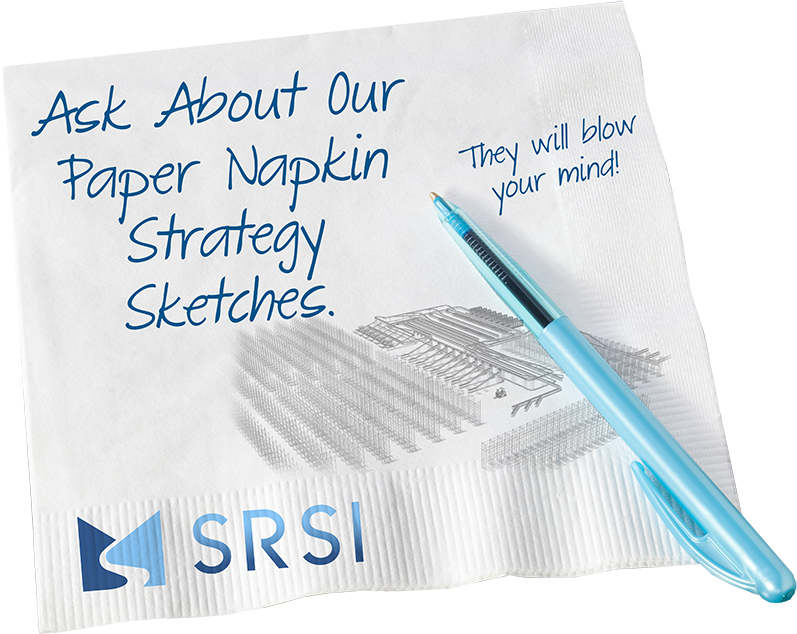PUSH-BACK PALLET RACK
Easy Access LIFO Reserve Storage
PALLET RACK
Deep-lane pallet storage in a condensed footprint with single aisle access… that’s what sets push-back rack apart from other high-density pallet storage systems. The design usually accommodates 2-5 pallets deep to provide ready reserve inventory with a dedicated lane per SKU. Push-back pallet racking is a LIFO stock rotation solution ideal for full pallet storage where you are storing a limited number of high-volume SKUs.
The pallets are loaded with a standard forklift onto the top cart in a stack of nested, wheeled carts. A five-deep system would have 4 carts. The first pallet is loaded onto the top cart. To load the second pallet, the first pallet would be gently pushed back exposing the cart below. The second pallet would then be placed on that cart and the process would continue with the last pallet (#5) being placed on the rack itself.
Extracting the pallets is easily accomplished as the rear pallets will automatically advance to fill-in the pick face once the front pallet is removed.
Push-Back Pallet Rack Advantages:
- Deep-lane storage
- LIFO inventory rotation
- Condensed footprint – single aisle load and unload
- Requires standard forklift
- Minimized forklift/rack interaction vs drive-in rack
Push-Back Pallet Rack In Any Warehouse Climate
BEGIN IMPROVING YOUR OPERATION EFFICIENCY AND COST
Contact us today to find the right conveyor solution for your business.
SCHEDULE A CALL WITH US TODAY1) How does a push-back pallet rack system work?
In a push-back warehouse racking system, pallets are loaded onto wheeled carts positioned on inclined rails within the racking structure. As a new pallet is loaded, it gently pushes the previously loaded pallets back along the rails. When a front pallet is removed, the remaining pallets automatically roll forward to the pick face.
2) What type of inventory is ideal for push-back pallet racking?
Push-back racking is ideally suited for storing a limited number of high-volume SKUs (Stock Keeping Units). It’s particularly effective for inventory that follows a Last-In, First-Out (LIFO) consumption pattern, such as non-perishable goods with long shelf life.
3) What materials are used in constructing push-back pallet rack systems?
Push-back pallet racks are often made using structural or roll-formed steel, depending on the inventory specifications and operational needs.
 Skip to main content
Skip to main content




